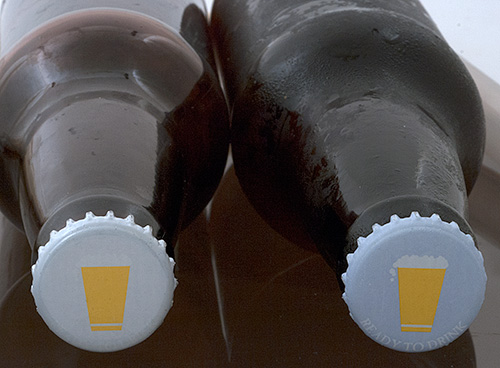I'm trying to figure out the best way to aerate (doing 20g batches), and something in-line seems the most elegant; however, I was wondering if re-circulating chilled/aerated wort back into the hot kettle would pose some kind of problem.
Am I way off here?
Am I way off here?



